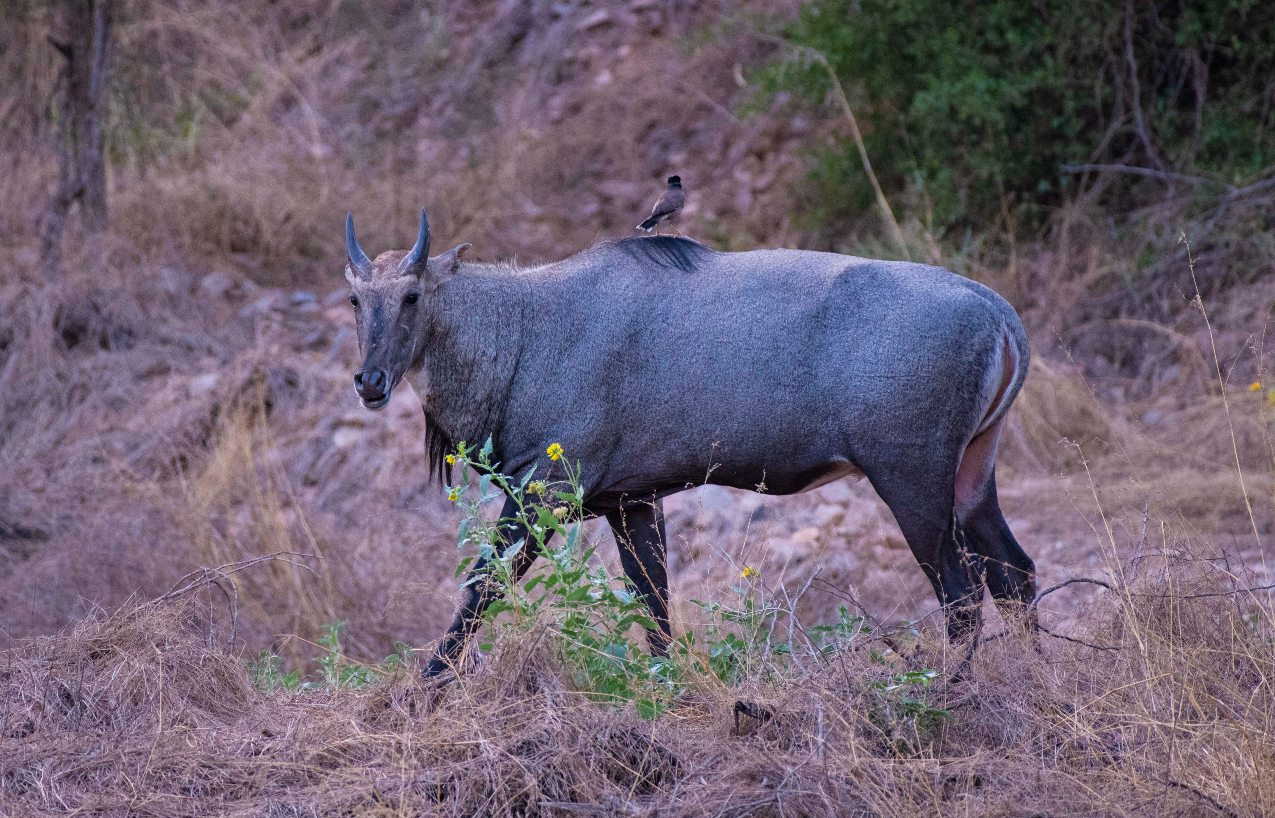
If you are looking at visiting some of the unusual, lesser-known forests, here is a list of protected areas that conserve, enrich, and enliven the remarkable biodiversity within Rajasthan. Wildlife safaris are available at all the destinations listed, for details please refer to related websites.

Jhalana Leopard Reserve (Jaipur) The dry deciduous forest of Jhalana Leopard Reserve, India’s first, is presently home to 45 panthers, including cubs. Located in the midst of Jaipur city, it is spread over an area of 20 square kilometres and, for a park this size, hosts a staggering number of mammals, birds, and reptiles. Visitors can expect to see striped hyenas, jackals, civet cats, nilgai, chital, porcupines, monitor lizards, and snakes. The shy desert fox is an unusual, and hence a delightful sighting for wildlife enthusiasts. Jhalana, rife with resident and migratory avian life, is also a veritable treat for birders. Hoopoes, woodpeckers, crow pheasants, golden orioles, asian paradise flycatchers and white bellied drongos keep the interest and footfall high all through the year.

Jawai Bera (Pali) Home as much to the local Rabari tribe as it is to the leopard, this wildlife destination has seen no man-animal conflict in the last 100 years. This peaceful cohabitation has naturally resulted in the protection and preservation of both fauna and flora at Jawai Bera. Chinkara, nilgai, jungle cat, desert cat, sloth bear, hyenas and honey badgers, are commonly sighted, but the recent sighting of the Rusty Spotted Cat, one of the smallest members of the cat family, has got wildlife enthusiasts justifiably excited. The distinct Aravali landscape around the bera also houses the Jawai Dam built by Maharaja Umaid Singh of Jodhpur. It is a popular biodiversity hotspot and attracts hordes of migratory birds in winter months, notably the bar-headed goose, greater flamingos, and the indian rock eagle owl.


Mount Abu Wildlife Sanctuary (Sirohi) Best known for the presence of the vulnerable green avadavat (Green Munia) this sanctuary encompasses most of Mount Abu town and its surroundings, including Guru Shikhar, the highest peak of the Aravali Range. Known as haria in common parlance for its yellow-green colour, this tiny red-beaked bird, not more than five inches in size, with distinct black and white stripes on its sides, is the mascot of Mount Abu Wildlife Sanctuary. Alongside a host of other birds like the shy grey jungle fowl, the MAWLS also home to the black civet cat, sloth bears, panthers, and the more commonly seen langurs and deer. A small yet atmospheric reservoir called Trevor’s Tank is popular for resident crocodile spotting.


Rescue and Rehabilitation If you’ve ever wondered what happens to ailing, hurt, maimed, or orphaned wildlife, do visit the Rescue and Hospital Facility adjoining Machiya Biological Park when next in Jodhpur. Although an important aspect of conservation practices, rescue and rehabilitation efforts somehow get lost in the din to tick off checklists. Run by the Forest Department, this facility is said to be the best in Western Rajasthan and houses victims of accidents, gunshots, and high tension wires from across Jodhpur district. Since its inception in 2017, the rehabilitation centre has played temporary abode to countless birds–pigeons, peacocks, kites, bustards and demoiselle cranes, as it has been for an equal number of big cats, monkeys, chinkaras, black bucks, squirrels and snakes. Please note that prior permission is necessary for access. (Website: https://www.machiabiologicalpark.com/)


Connectivity: Jhalana (Jaipur) is well connected by air, rail and road; Udaipur is the closest airport for Jawai Bera (155kilometres) and Mount Abu (176 kilometres)
Best Season: Jawai Bera – Winters; Jhalana, Mount Abu – Summers & Winters





